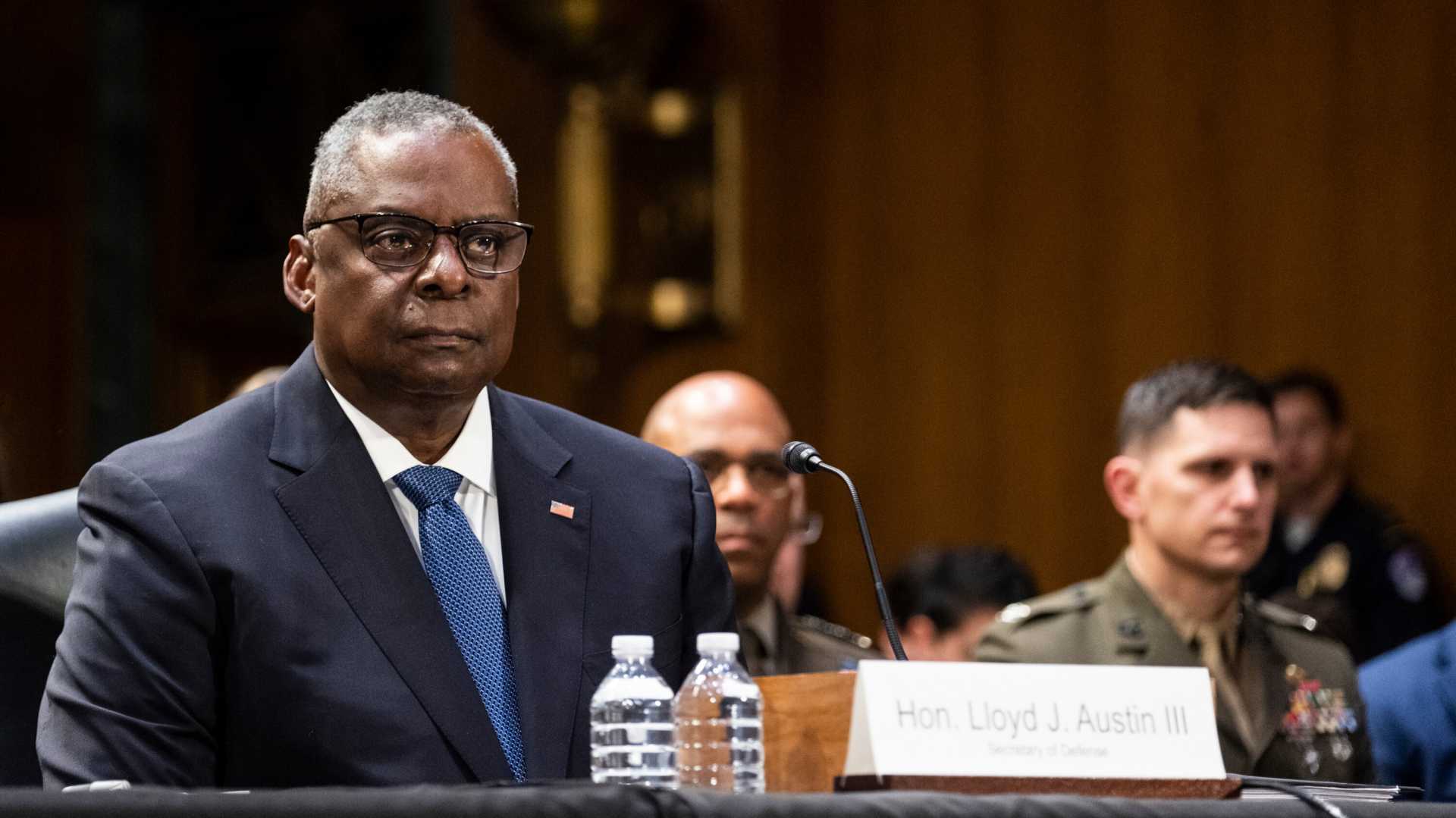News
Defense Secretary Austin Emphasizes Smooth Transition to Next Administration

Secretary of Defense Lloyd J. Austin III has issued a message to the U.S. military emphasizing the Department of Defense’s commitment to a professional, orderly, and calm transition to the next commander in chief. The message, sent out on November 6, reassures that the U.S. military will stand ready to carry out the policy choices of the next administration and obey all lawful orders from the civilian chain of command to defend the United States, its Constitution, and the rights of all American citizens.
Deputy Pentagon Press Secretary Sabrina Singh highlighted that Austin’s message reaffirmed the military’s stance of remaining apart from the political arena and standing guard over the republic with principle and professionalism. Singh also noted the defense secretary’s pride and appreciation for both the Defense Department’s civilian workforce and all service members, whether stationed stateside or deployed globally.
<p-With 74 days until the transition to the second Donald Trump administration, the Defense Department is coordinating with the White House and the General Services Administration to ensure a smooth handover. Singh emphasized that certain agreements need to be signed and put into place before the transition process can begin, but the department is committed to a professional and effective transition.
The transition preparations come amid international observations, such as those from the Philippine Defense Secretary Gilberto Teodoro, who expressed that he does not expect President-elect Trump’s administration to demand payment from the Philippines for military protection. Teodoro cited the shared threat of China as a primary reason for maintaining the U.S.-Philippines alliance.
The incoming defense secretary will face significant challenges, including managing the Pentagon’s internal issues such as acquisition, resources, and recruiting. The new secretary will need to address the military’s current state, which is described as being in its most perilous shape since the end of the 1970s, with issues including outdated technology, inefficient acquisition processes, and a looming demographic cliff affecting recruitment).












